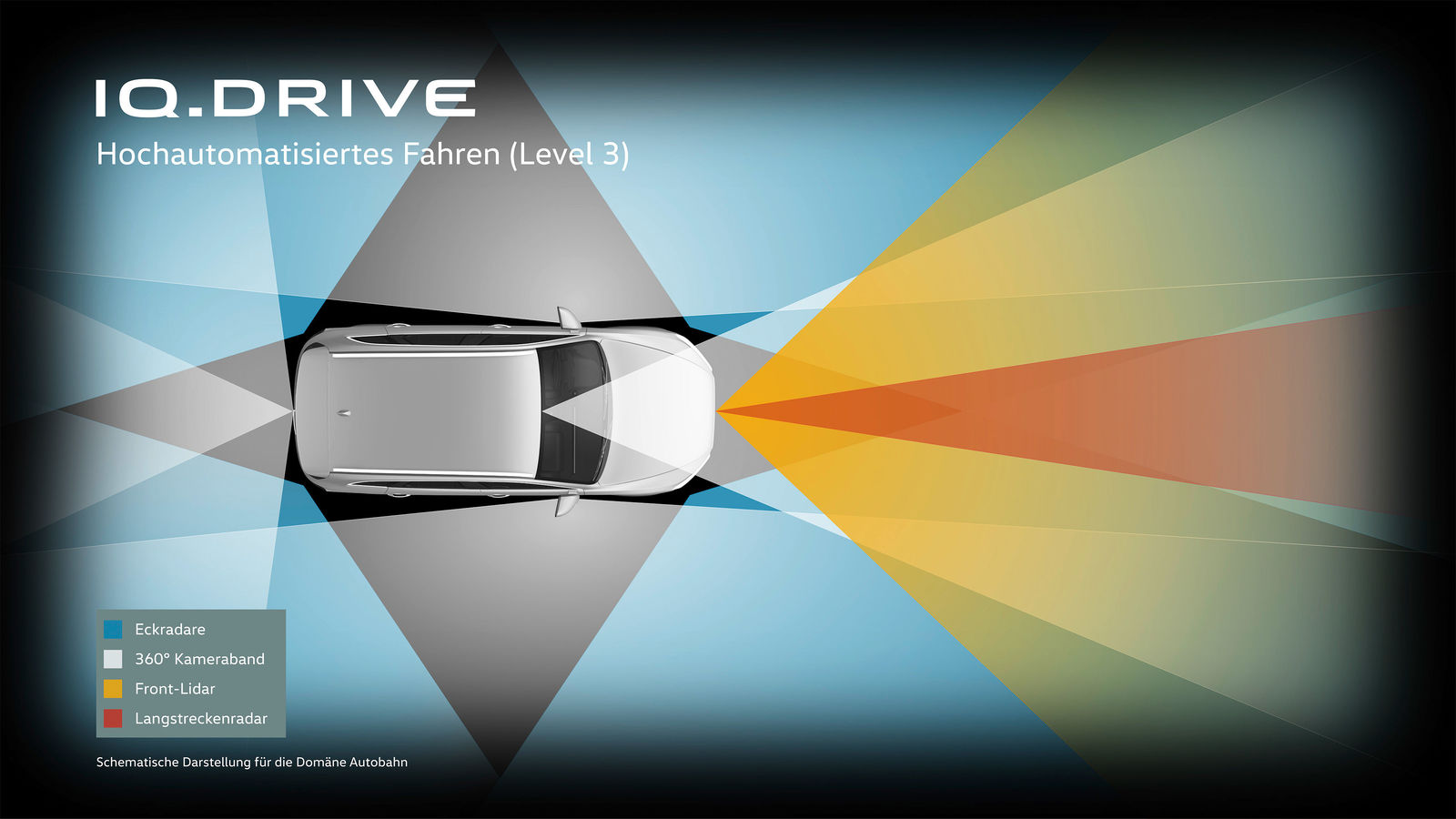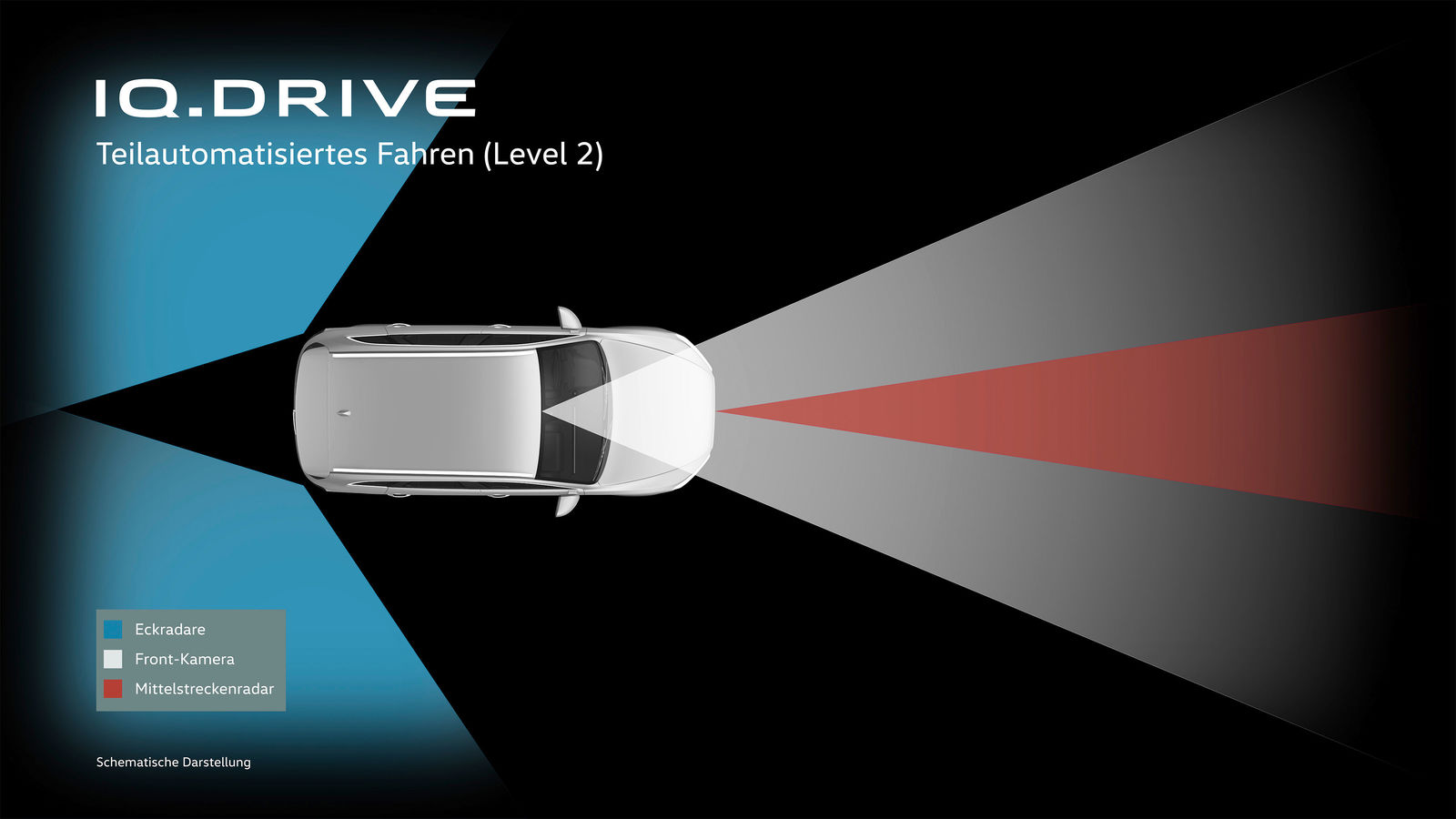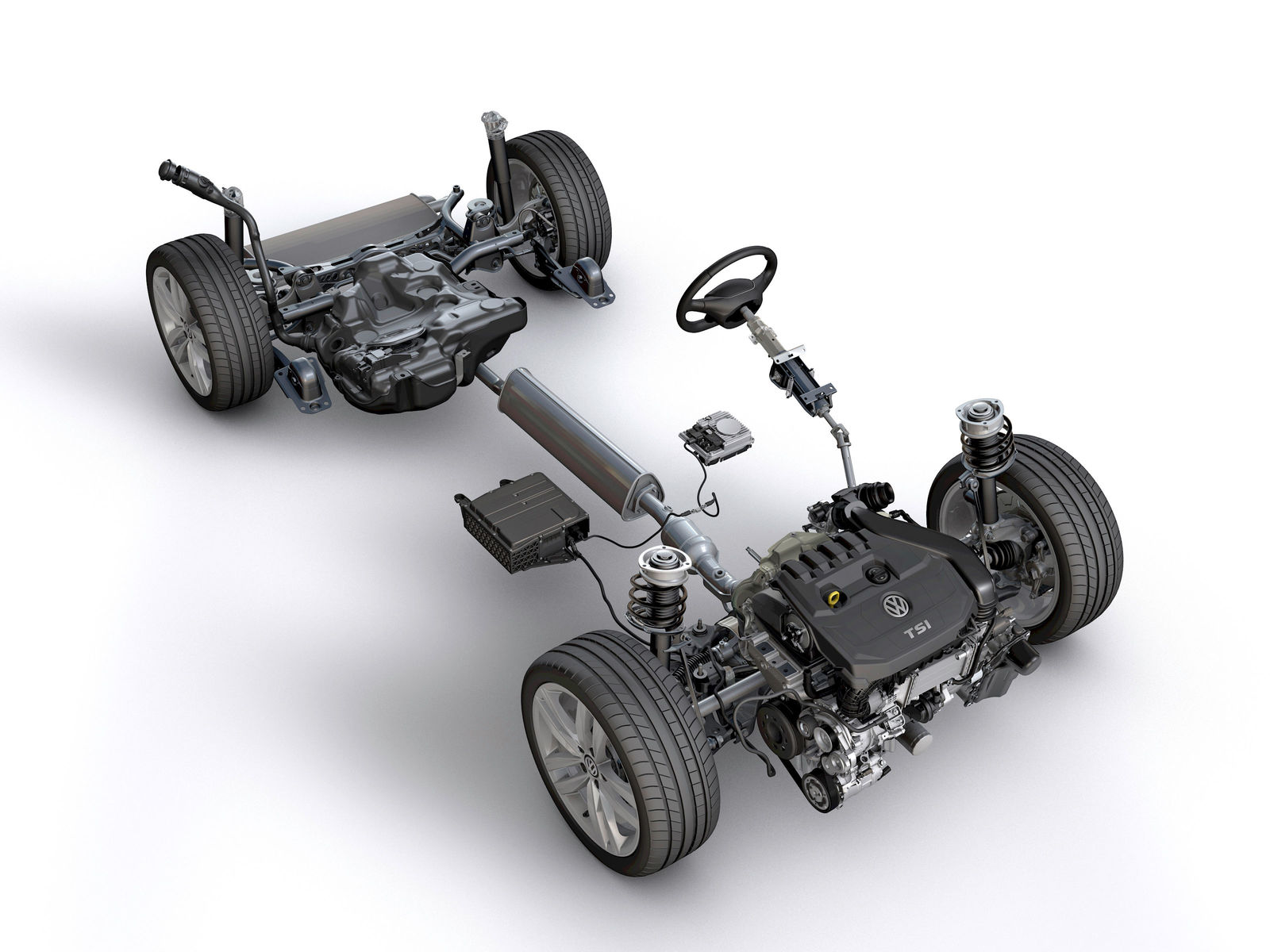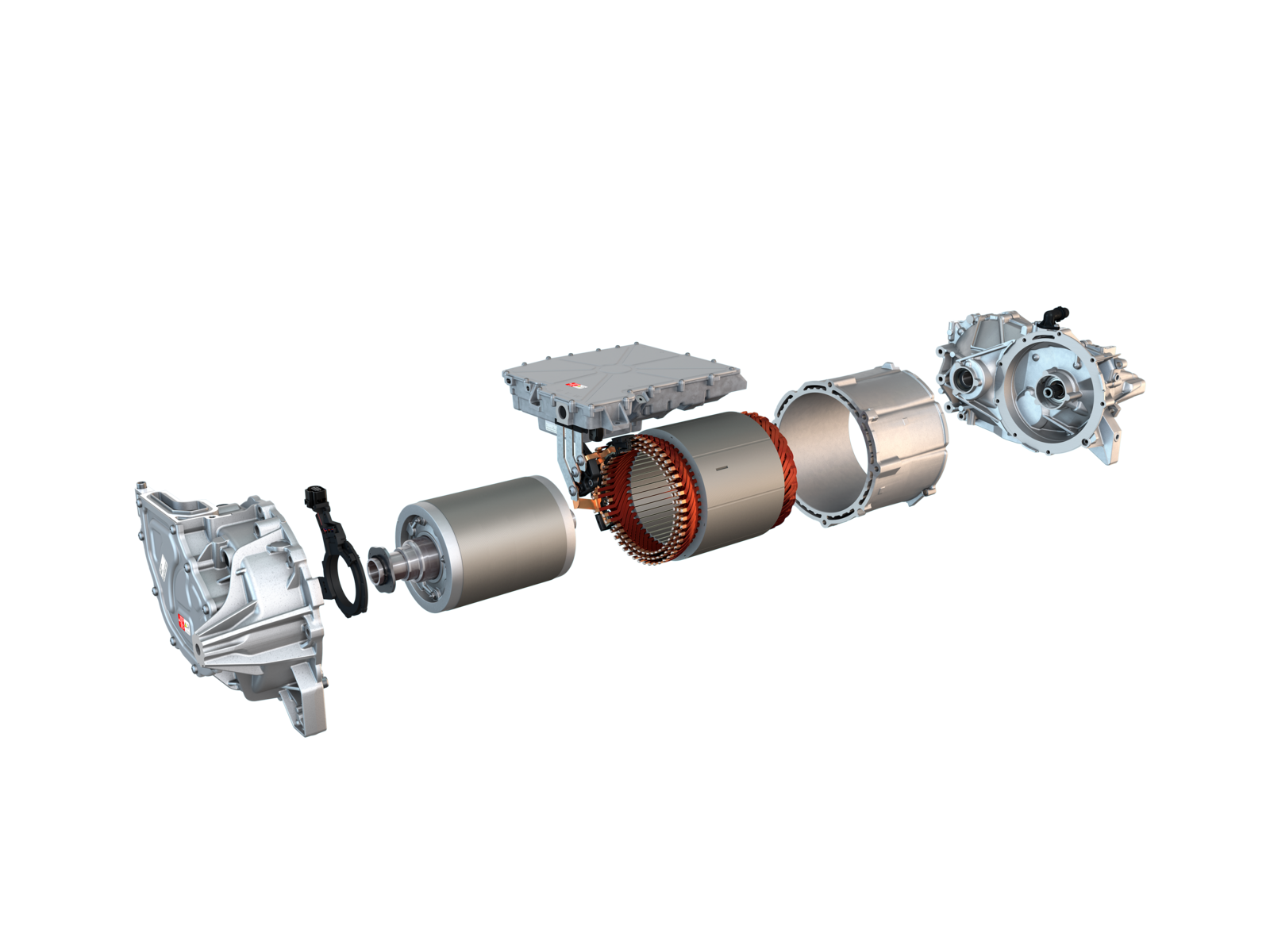- With the introduction of its 48-volt mild hybrid drive system, Volkswagen is entering the next phase of the large-scale electrification of its fleet
- Volkswagen will be providing an in-depth insight into its modular electric drive matrix for the very first time
- The next step will see Volkswagen working to advance the development of highly automated driving
Levels 3 and 4 of automated driving, a 48-volt drive system and a platform developed exclusively for e-vehicles – Volkswagen will be showcasing its progress toward integrated, CO2-neutral mobility at the 40th International Vienna Motor Symposium. The mild hybrid (mHEV) system makes an important contribution to sustainable mobility. Depending on the driving style, it can save around 0.4 litres of fuel over 100 kilometres and cut carbon emissions in the process. Volkswagen will also provide the first ever in-depth insight into its MEB (modular electric drive matrix), the basis for automated driving.
“We want to offer every customer the standard of mobility they expect. And we want to offer exactly the type of mobility needed in each and every market. This is why we have built our drivetrain strategy around a broad mix of technology,” explains Dr Frank Welsch, member of the Brand Board of Management, who will give the opening speech at Vienna’s Hofburg palace on Wednesday. “Our portfolio of drives ranges from semi-electrified variants like the mHEV through to fully electric vehicles based on our new development, the MEB electric platform.”
Volkswagen will enter the next phase of the hybridisation of its drives with the new 48-volt mild hybrid drive (mHEV) combined with the 1.5-l TSI evo petrol engine. This will see a 48-volt system join the conventional 12-volt vehicle electrical system. The 48 volts power the belt-integrated starter generator (BSG), which is located where the alternator used to be in the auxiliary drive. It controls two central operating statuses: recuperation and boost. During recuperation (brake energy recovery), the BSG acts an alternator that is able to absorb some of the vehicle’s kinetic energy. The recovered energy is stored as electrical energy in a separate 48-volt lithium-ion battery located underneath the front passenger seat. This energy is released during the electric boost to power the BSG and support the TSI. Other smart functions in the BSG assist the TSI engine during the startup process, taking on the role of the pinion starter. This helps to save fuel and makes the start process even easier.
The mHEV also includes the now familiar eco-coasting function. This mode allows the vehicle to “coast” with the engine switched off so that no emissions are produced, an important factor in the drive’s ability to reduce fuel consumption by 0.4 litres per 100 km. Linking the 48-volt network and the rest of the vehicle electrics is a DC/DC converter, which converts the 48 volts into 12.
Volkswagen believes that the most efficient way to reduce CO2-emissions is to expand battery electric vehicles (BEV) on a broad scale. The MEB will form the basis for the next generation of electric vehicles. The electric platform’s key features are its high-voltage battery (installed in the underbody to save space), its compact electric drive on the rear axle (or alternatively on the front axle), and its standard CCS system for quick charging. It also forms the basis of the new end-to-end all-electric “E³” architecture along with the “vw.OS” operating system, which can be used to establish new mobility services and assist systems. In other words, Volkswagen is evolving from a pure vehicle manufacturer into a mobility provider while also creating the conditions required for automated driving.
A good example of how much development Volkswagen has put into the large-scale industrialisation of electric drives is the MEB’s primary drive on the rear axle. “The platform uses a permanent-magnet synchronous motor, which is characterised by high power density, a high level of efficiency and consistent performance across a broad speed range of 16,000 rpm,” explains Karsten Bennwitz, Head of Development for Hybrid and Electric Drives. The first vehicle to be built on the MEB platform is the ID.3. With a range from 330 to more than 550 km (WLTP), an output of 150 kW and a top speed of 160 km/h, the ID.3 can achieve local emissions-free driving.
Volkswagen began developing assist functions more than 20 years ago and now offers a wide range of driver assistance systems for longitudinal and transverse vehicle control under its IQ.DRIVE umbrella brand. These systems are the first steps on the journey to automated and, ultimately, driverless driving. In the future, autonomous vehicles will be active on the roads and in a wide range of domains, including motorways and multi-storey car parks. Vehicles will gradually take over more and more tasks from drivers.
The jump from the current level 2 (partially assisted driving) to levels 3 and 4 will present a particular challenge in terms of technology, legislation and ethics. These challenges stem from the fact that these levels represent the first time that responsibility for driving will be transferred from the driver to the automated driving functions (at least on a temporary basis).
Media
Media contacts

Tel. +49 (0) 5361 / 9-71075
Tel. +49 (0) 151 29263119




